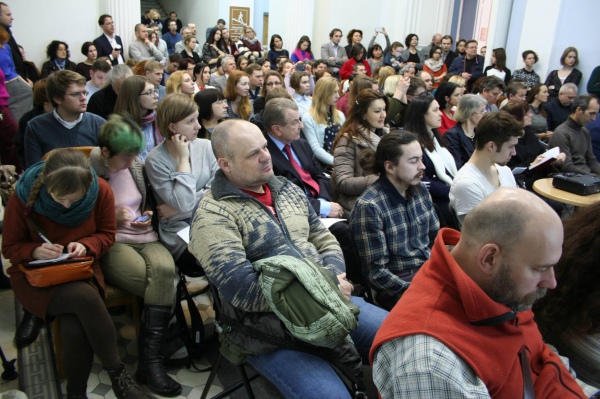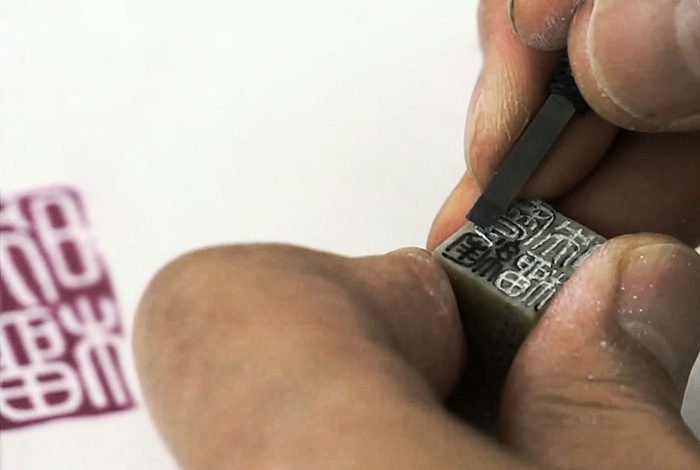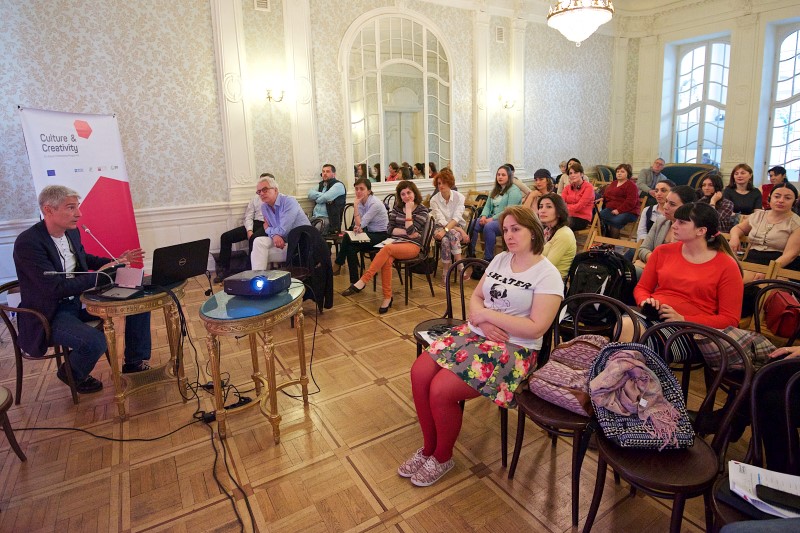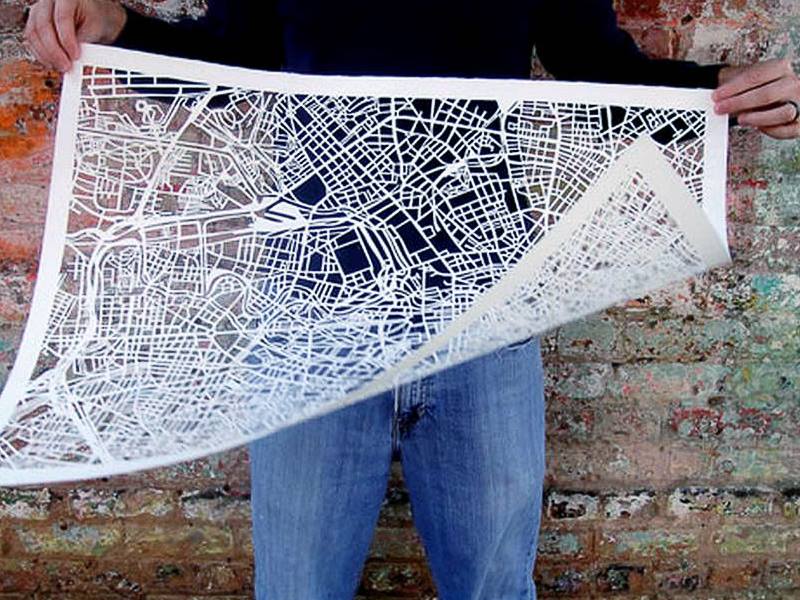
Cumbersome Democracy: Why Europeans spend so much time developing strategies
Colleagues from the European Commission, in particular Walter Zampieri, Head of Unit, Culture Policy and Intercultural Dialogue at the Directorate General for Education and Culture, insisted that strategy planning is a process that requires a large number of stakeholders.
It is this lengthy process itself, and not just the final document “for implementation”, that is the key to success.
The document that receives final ratification through a specific law (as, for example, in the case of Estonia at the beginning of 2014) or through a decree issued by the Cabinet of Ministers (as recently happened in Ukraine, albeit contrary to all rules of strategy planning and without involving stakeholders) is the tip of the iceberg.
The method of developing strategies through dialogue with an expert or, more broadly, cultural environment, is a manifestation of collaborative policy-making in general. That is, such an organisation of the process of making important public decisions where it is preceded by lengthy discussions at the level of society or its stakeholders.

Participatory politics involves discussing all important decisions with members of the public, and not the adoption of top-down decisions by a small group of people. Photo: ltcipartners.com |
It is safe to say that it is likely that the cultural community will mainly discuss cultural policy as in this case certain specialist knowledge is required for a substantive debate. However, when it comes to policies on memory or civic education of children, it is worth involving society in the debate before adopting laws that concern issues that are so close to each and every one of us.
Debate means writing articles, holding conferences, organising seminars, drafting so-called “white papers” and “green papers”, discussing them on television talk programmes and, at the end of the process, when a certain balance of public positions has crystallised, make decisions.
It is fundamentally wrong for a small group of people to make top-down decisions and to then “press down” these decisions.
Certainly such methods can work in certain conditions, but they go against the collaborative policy-making discussed at the conference.
According to Luciano Gloor, who until 2015 was Team Leader of Regional Monitoring and Capacity Building Unit of the EaP Culture Programme:
“The idea of collaboration is linked to decision-making and policy-making procedures. It means that all stakeholders are involved in the policy-making process. The issue here is the ideal world of solutions and approaches that take into account the relevant interests of stakeholder groups through pragmatic and realistic compromise.
And this compromise does not represent the maximum demands of each participant but is, nevertheless, supported by all or the majority of stakeholder groups.”
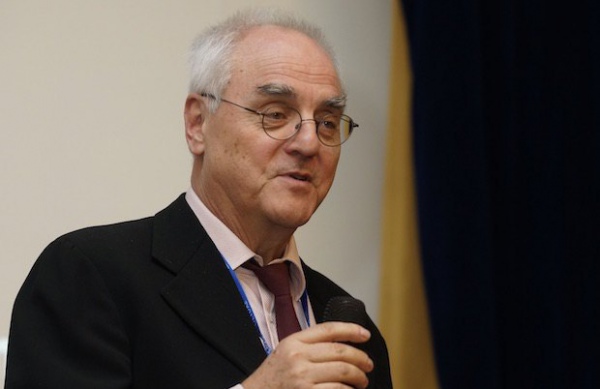
Luciano Gloor, former Team Leader of the Regional Monitoring and Capacity Building Unit of the EaP Culture Programme. Photo: Culture Activists Congress |
This is what is known as the “win-win” approach as opposed to the “winner takes all” or “zero-sum game”. This participatory approach in policy-making is one of the key characteristics of true democracies. It is thanks to this approach that citizens identify with the goals and strategic decisions of the government because they are involved and share these decisions. This is what is called “inclusiveness”.
Another issue is that of how to organise this process of building inclusiveness. As Gloor says, “Of course, there are cases where one or several experts present certain proposals, especially when talking about complex issues. In the participatory model, such proposals subsequently pass through a process of public consultation as institutionalised in countries like Germany or Switzerland.”
But another approach is available, a bottom-up approach from grassroots initiatives to the formalisation of approaches at the end of the process. For example, in the form of a law.
Estonia provided one of the best examples for Ukraine in 2014.
This is partly because the country has a significant legacy of Soviet administration too, and partly because the process of developing cultural strategy in this country has recently resulted in the Estonian Parliament unanimous ratification of a law on national cultural policy.
This process of cultural strategy planning in Estonia lasted two years, from the moment the issue was raised to enshrining the decisions in a specific law.
Yet Estonia is a small country with a population of just over one million and, in principle, with a high level of public trust in government.
Ragnar Siil, advisor at the Ministry of Culture in 2014, and now an expert of the EU-EaP Culture and Creativity Programme, was responsible for strategy planning in Estonia. He recalls an incident of opposition to a monument to a Soviet soldier in Tallinn in 2007.

Ragnar Siil, EU-EaP Culture and Creativity Programme expert. Photo: culturepartnership.eu |
At the time, a conflict unfolded within society through this symbol of the Soviet presence in the Baltic States, when a section of residents defended the need to preserve the monument in the public space but the majority opposed it.
Siil says that the night before the announced demonstrations, all of Tallinn’s residents received an SMS-message from the government asking them not to go to the demonstration and maintain public order. And the demonstration did not take place.
From the Ukrainian perspective, this is a quite an extraordinary example of the trust between government and citizens.
Thus, in Estonia the strategy has been developing over 2 years, which is quite a long period for a small-scale country, with the progressive and consistent involvement of stakeholders in the process. All of this took place against the backdrop of a sufficient level of mutual trust and a rather structured art environment.
Georgia is another example.
By 2014, there had already been several attempts to develop a national strategy for the development of culture so that it would be adopted and shared by all stakeholders. However, the process failed every time, as participants of the cultural process would not accept a document elaborated “at the top”.
Therefore, the Ministry of Culture and National Heritage of Georgia launched a new process, and this time it was actually participatory.
Deputy Minister of Culture of Georgia Levan Kharatishvili described the process like this:
“There had been many attempts to produce a document on cultural policy or the concept, but they all failed due to a lack of transparency and lack of inclusiveness in the process. Either the public did not know about the document or it did not accept it, as society did not take part in its development.
We not only wanted to have a document, but to start debates and discussions about the actual role of culture, so that when the document is adopted, society understood, accepted and supported it.”
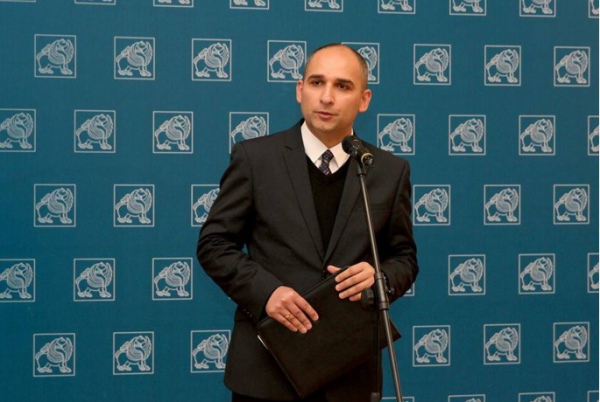 Deputy Minister of Culture of Georgia Levan Kharatishvili. Photo: abkhazia.gov.ge Deputy Minister of Culture of Georgia Levan Kharatishvili. Photo: abkhazia.gov.ge |
But why bother to enter into a complex, potentially conflictual and lengthy process on the elaboration of a cultural development strategy in dialogue with society?
One of the answers is that adopting a policy this way is more stable and the chances of them disappearing are slimmer because of the shortcomings in the continuity of decisions, which is so characteristic for Ukraine.
On the other hand, the participatory approach is consistent with the very model of a democratic society, one where different voices are represented and where work is constantly carried out to minimise the usurping of public space by one force, whether political or economic.
This means that the true legitimacy of any approach in Europe today relies on the acceptance of a decision on the part of society or, at least, an interested community.
This was precisely the case in Estonia, which is why the Estonian strategy was adopted unanimously by the Parliament. That is how, together with the Ministry of Culture of Ukraine, Georgians launched the process.
Another aspect of the issue is how such a participatory approach impacts the implementation of approved decisions.
Ukraine knows better than any other country that passing a law is not enough – it also has to be implemented. And we have plenty of examples of pieces of legislation that do not work.
Ragnar Siil talks about a whole range of advantages to the participatory approach:
“First, it gives the strategy the required mandate, legitimacy, and this is particularly important for its implementation. It helps to mobilise the readiness of the sector to participate in the process.
Second, it transforms the sector from passive observers to active participants.
Third, an inclusive strategy is always better than other forms as it better reflects the real situation “on the field”: real problems, challenges and hopes of people and organisations active in the sector.
Fourth, inclusiveness is a great familiarisation tool. It is a unique opportunity for the government to share its processes and actions with the sector, and for the sector to include its key processes. All this encourages new principles and innovative approaches.”
 Democracy is based on dialogue with society; its absence leads to the usurping of public space by one political or economic force. Photo: godskeytosuccess.com Democracy is based on dialogue with society; its absence leads to the usurping of public space by one political or economic force. Photo: godskeytosuccess.com |
Simply put, the interaction between direct practices of culture and government agencies results in the same innovations as any other interdisciplinary approach. And in a world that is changing so rapidly, the ability to find new answers to questions is worth its weight in gold.
And citing Ragnar Siil further:
“Fifth, and perhaps most importantly, inclusiveness is critical to building trust between the public sector and civil society and the private sector. Especially in countries with low levels of trust in government, inclusive strategy planning helps to strengthen mutual understanding.”
Unfortunately, at the beginning of 2015, the Ukrainian government refused the participatory approach to strategy planning, thereby actually bringing to a halt the strategy planning process initiated in 2014 in collaboration between the Ministries of Culture of Ukraine and Georgia.
During meetings between Ministry of Culture representatives with the participation of deputy ministers, the idea that inclusiveness requires a lot of time and is very difficult to coordinate was voiced repeatedly. That’s true. Democracy is in general a cumbersome and impractical process.
However, in the end, the process of elaborating and approving a cultural development strategy, drafted by the Minister of Culture himself and adopted by the government in early 2016, required almost the same time as the “lengthy” participatory method.
Moreover, many experts, including the Culture group of the Reanimation Package of Reforms, criticised this document for “incompatibility with today’s challenges” and “preserving the Soviet principle of the existence of the cultural sphere”.
Actually, the democratic process formed the basis for the work of the “Culture 2025” civil platform for strategic initiatives, and then the “Culture Alliance”, which in February 2016 presented a strategy elaborated in a participatory way and launched work on its advocacy.
|
|
By dreading the lengthy participatory process, the country ended up with two strategies that relied on different approaches and that now have varying legitimacy. Thus, the process has become even longer and more difficult to coordinate.
The conclusion is clear: Perhaps, Europeans do know something, after all, by insisting on those cumbersome democratic procedures?
***
Olesia Ostrovska-Liuta, expert at the Culture 2025 platform, head of analysis at the pro.mova Analytical Centre.
The text was prepared by Ukrainska Pravda with the assistance of the EU-EaP Culture and Creativity Programme.

